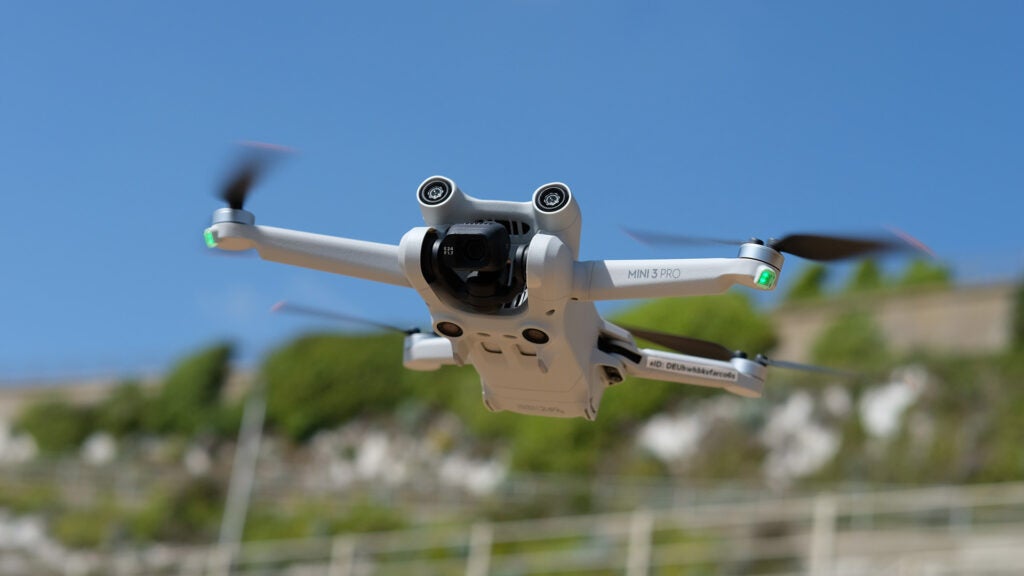

Pros
- Makes FPV flying easier than ever
- Lightweight Goggles 3 with pass-through video
- Good battery life
- Impressive camera performance
Cons
- Weight restricts legal UK flight locations
- Quite expensive
The DJI Avata 2 is the best drone we’ve tested for FPV flight and the ideal gateway for those interested in it.
If you’re looking for a drone that handles more like a plane than the steady DJI Mini, Air, and Mavic, zipping through the sky and allowing you to bank, roll, and loop through the air, then the Avata 2 is the one for you.
The Avata 2 is sleeker and around 40g lighter than its predecessor, the DJI Avata, with a reworked design for improved aerial agility and responsiveness. The drone also includes 46GB of built-in storage and a microSD slot for expansion.
Despite its reduced weight, the 380g drone remains too heavy to fit into the sub-250g class, meaning the drone cannot be flown over or closer than 50m to ‘uninvolved people’ or within 150m of residential, recreation, commercial, or industrial sites under UK law.
The drone comes with DJI’s Goggles 3 headset and RC Motion 3 controller, allowing you to see what the drone sees on two 100Hz 1080p micro OLED displays. There’s also a camera built into the Goggles 3, allowing you to check your surroundings without pausing to remove the headset.
The Avata offers similar speeds to its predecessor, including 8m/s in Normal mode, 14m/s in Sport mode and 27m/s in Manual, with the latter requiring the twin-stick Remote Controller 3 rather than the RC Motion 3. Manual mode removes the stabilisers, allowing for exhilarating dives and turns, albeit with a higher risk of crashing. If you’re keen to avoid damage to your drone, you’ll likely want to stick with the Normal and Sport modes.
The drone features improved camera specs compared to the original DJI Avata, though video resolutions and frame rates remain mostly unchanged. The ultra0wide camera can capture 4K video at up to 60fps, or 2.7K at up to 120fps, but low-light performance and the dynamic range have been bolstered, allowing the drone to draw more detail out of interiors and night-time shots than its predecessor.
The Avata 2 can now shoot video with a 10-bit D Log M colour profile for easier colour grading in post-production, and the HorizonSteady and RockSteady image stabilisation modes found on other DJI drones are available. We found these modes to be effective at providing smooth, horizon-locked footage.
Finally, the DJI Avata 2 includes a 23-minute battery life. If you’re searching for a user-friendly introduction to FPV flying, the Avata 2 is a great (though expensive) choice.
Reviewer: Sam Kieldsen
Full Review: DJI Avata 2






